Lima, an amazing city with no rain in 600 years!
(South America Cruise Diary November 26-27, 2024)
It doesn’t rain in Lima!
During this voyage, I learned that it never rains in Lima—the last recorded rainfall was about 600 years ago. Umbrellas and raincoats are practically useless here. Yet, despite the absence of rain, plants thrive, flowers bloom, and lawns remain lush and green. This is because Lima doesn’t lack water; it relies on the Rimac River, fed by the melting glaciers of the Andes. Though the city sees no rainfall, it is often enveloped in a misty fog that provides moisture and humidity.
I wrote about some highlights of Lima in my last post, however Lima’s experience continued and kept me fascinated in the next couple of days.
November 26, 2024
The ship departed Callao Port at 6 p.m. yesterday and arrived at General San Martín Port in Pisco, Peru, at 7 a.m. this morning. Seated by a window overlooking the bustling harbor, we enjoyed a leisurely breakfast, watching the sun’s rays shimmer on the ocean as we mapped out our plans for the day.
After our experience in Lima yesterday, we realized that with a bit of caution, navigating the city wasn’t as daunting as it first seemed. Feeling more confident, we decided to explore on our own today, using Uber and walking on foot.
The Museo Larco and the National Museum
Just after 10 a.m., our Uber driver dropped us off in front of the wrought-iron gate of an 18th-century viceroyalty mansion, home to the Museo Larco. A cobblestone path, adorned with cascading red and pink bougainvilleas, led uphill toward the entrance. Surrounded by lush gardens, the museum invites visitors to explore more than 5,000 years of ancient Peruvian history through a remarkable collection of pre-Columbian art.
Inside, the Museo Larco boasts an extensive collection of ceramics, textiles, and gold and silver artifacts, offering a deep dive into Peru’s rich cultural heritage. What sets this museum apart is its open storeroom, where visitors can wander through aisles of exhibits, gaining a closer look at the artifacts. After our visit, we took a moment to relax in the garden with a refreshing drink, soaking in the tranquil atmosphere.
Not far from the museum, we came across a park featuring a monument commemorating the 170th anniversary of Chinese immigrants’ arrival in Peru. Today, an estimated 5% of Peru’s population—about 1.2 million people—have Chinese ancestry. However, during my short visit, I didn’t come across anyone who appeared to be of Chinese descent.
Next, we called an Uber to take us to the Museo Nacional de Arqueología, Antropología e Historia del Perú, the country’s oldest museum, housed in the historic Palacio de la Magdalena in Pueblo Libre’s main square. Admission was free, and the museum's archaeological collection included an impressive display of pre-Hispanic ceramics, metal artifacts, funeral offerings, and intricately carved stone figures. In the museum’s backyard garden, we took a break, enjoying a quiet moment before continuing our day’s journey.
November 27, 2024
Our fifth day in Peru was an exhilarating encounter with nature—its raw beauty, wildness, and unfiltered earthliness.
The Paracas National Reserve
We set out early in the morning in a private jeep, heading to the Paracas National Reserve, an ecological sanctuary in the coastal desert. After half an hour on a rough, unpaved road, a breathtaking scene unfolded before me—an awe-inspiring blend of sandy earth seamlessly meeting the vast, shimmering sea. The Red Beach, with its striking crimson-hued sand and countless seabirds dotting the shoreline, was beyond words.
The desert landscapes here are equally mesmerizing. Supay Beach, known for its dramatic cliffs formed during the Eocene Period, showcases horizontal striations and marine sediment layers embedded with prehistoric fossils—silent witnesses to ancient geological history.
The sky was overcast, casting a hazy veil over the land. Pollution in the desert? Not at all. It was the misty fog, gently shedding droplets of moisture over this rainless terrain, sustaining both humans and wildlife. Birds of all species soared and chirped merrily. Though I couldn’t name them, this place felt like a dreamland for bird lovers.
The Ballestas Islands
Straight from the desert, we wasted no time embarking on our next adventure—a boat trip to the Ballestas Islands. Boarding a local vessel alongside a group of high school students and a British couple, fellow passengers from the Oosterdam, we set off toward what is often called “Peru’s Galápagos,” the country’s most important wildlife sanctuary along the coast.
Our helmsman skillfully maneuvered the boat as close as possible, allowing us to observe the incredible diversity of marine birds. The tour guide narrated in Spanish, describing the islands and their inhabitants, but realizing that we didn’t understand, a fellow passenger kindly stepped in to interpret. A Peruvian educated in the U.S., he graciously translated the guide’s commentary, enriching our experience and deepening our appreciation for the wonders of Paracas.
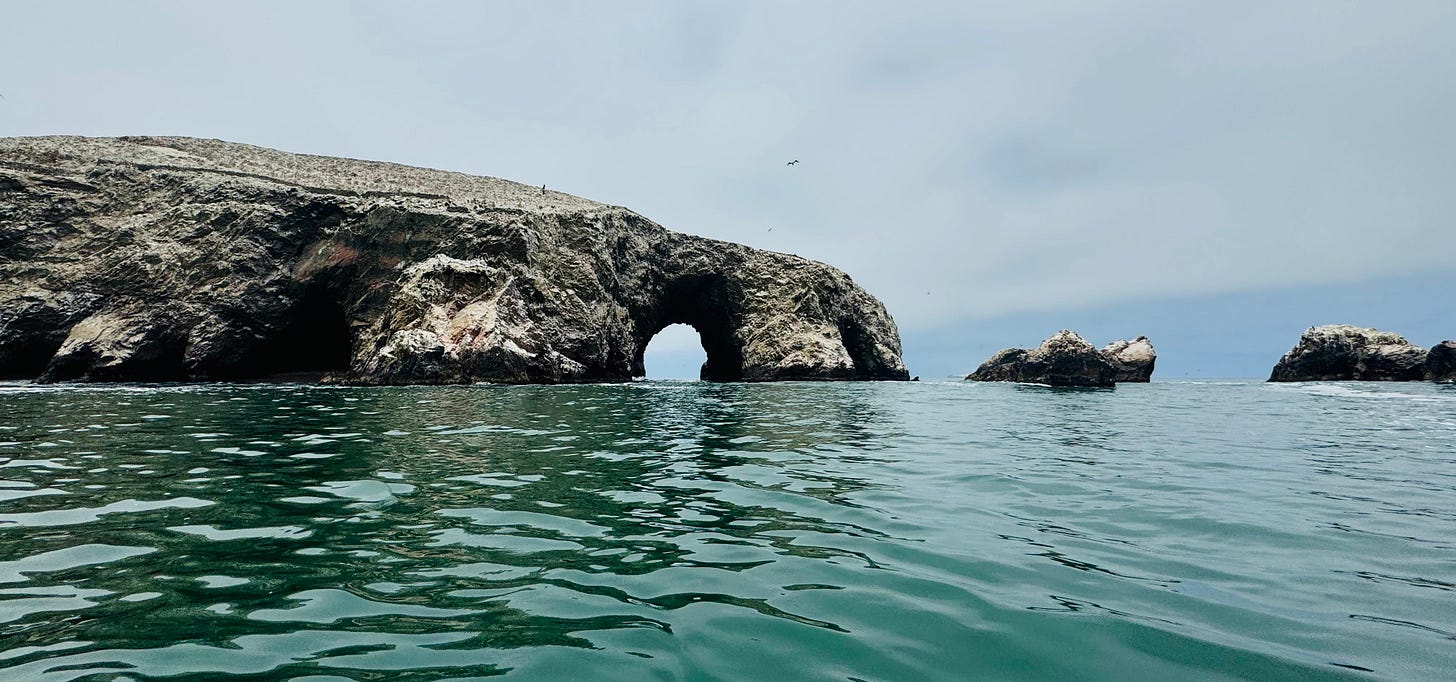
Throughout the ride, occasional applause and excited cheers erupted as we came face-to-face with sea lions, the Guanay cormorant, the Peruvian booby, and the majestic Peruvian pelican. The most thrilling sight, however, was the penguins! I learned that there are multiple species, and these were Humboldt penguins, a species native to the chilly waters of the Humboldt Current.
The Nazca Drawing - Candelabro
But the excitement didn’t end there. As we approached the coast, we were awestruck by the famous Candelabro—a massive geoglyph etched into the coastal hillside, reminiscent of the Nazca Lines. Who created this giant figure? What was its purpose? Some believe it was an ancient plea to the gods; others suggest it was a navigational marker or even a sign of extraterrestrial communication. To this day, its origins remain an unsolved mystery.
Farewell to Peru
By late afternoon, it was time to bid farewell to Peru. The Oosterdam was scheduled to depart from General San Martín Port at 4 p.m., but our hearts were still lingering in the Paracas National Reserve. As we made our way back to the ship, a sea lion resting on the dock seemed reluctant to say goodbye, as if it had followed us all the way to the port.
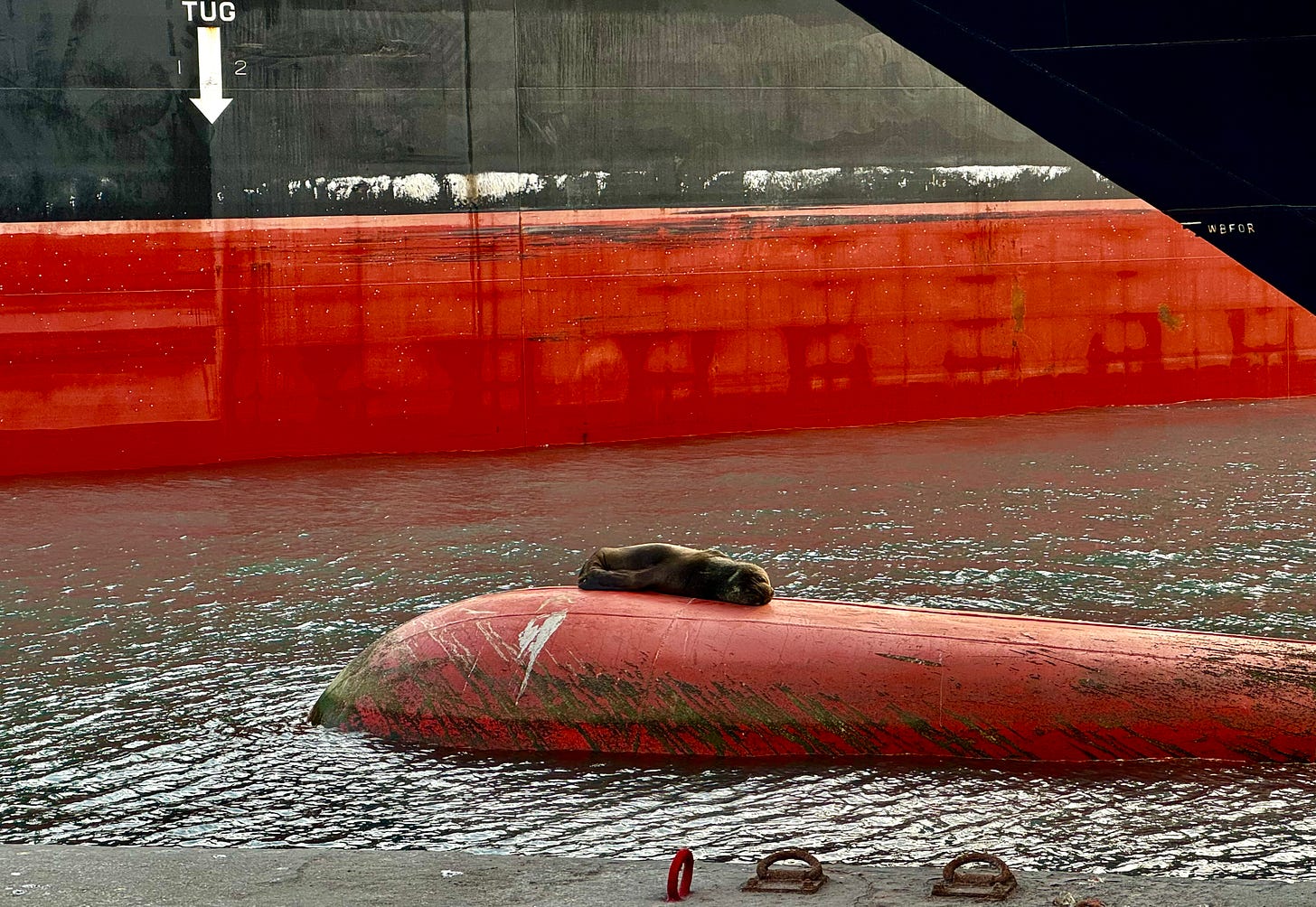
With the ship’s anchor lifted and its horn sounding across the bay, our captain took one final detour, circling around the Candelabro so we could marvel once more at this ancient enigma.
Lima had far exceeded my expectations, leaving me with unforgettable memories of its history, art, and natural wonders.
Goodbye, Peru!
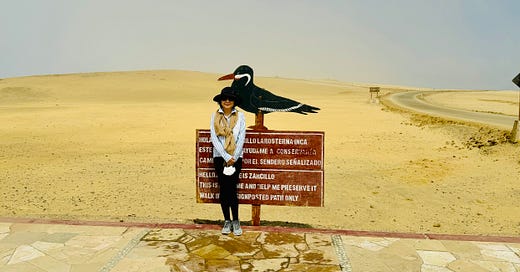



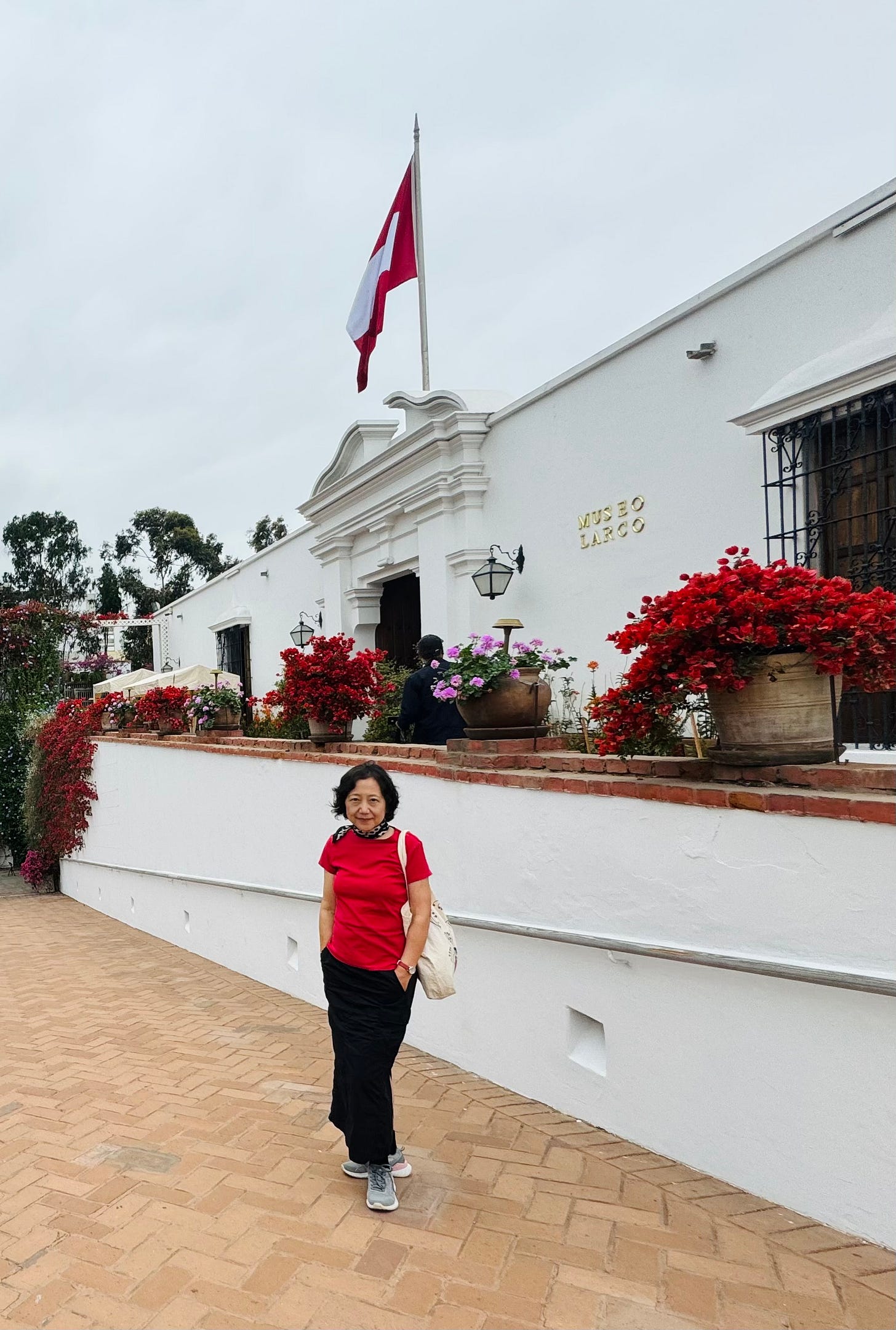
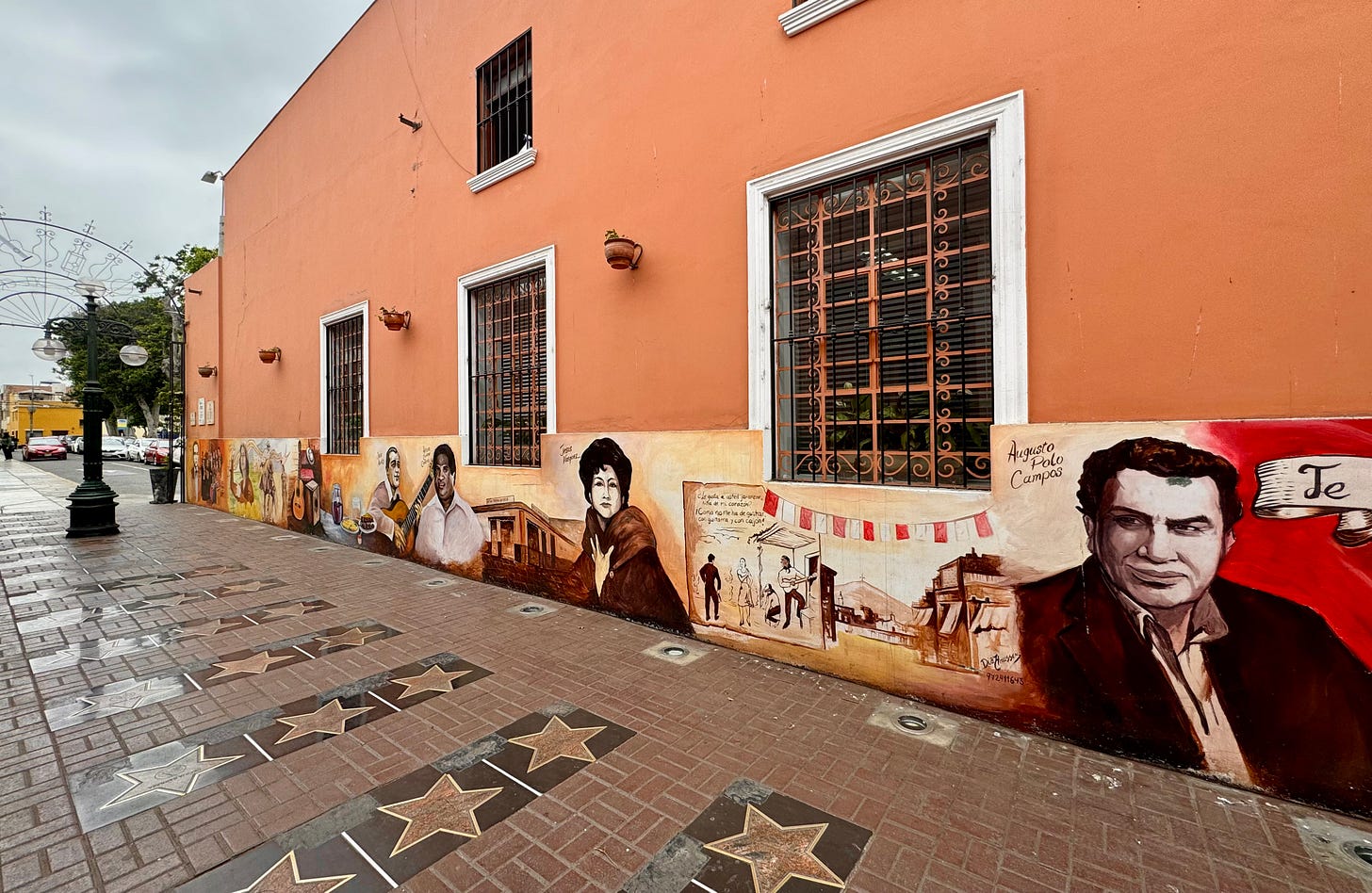
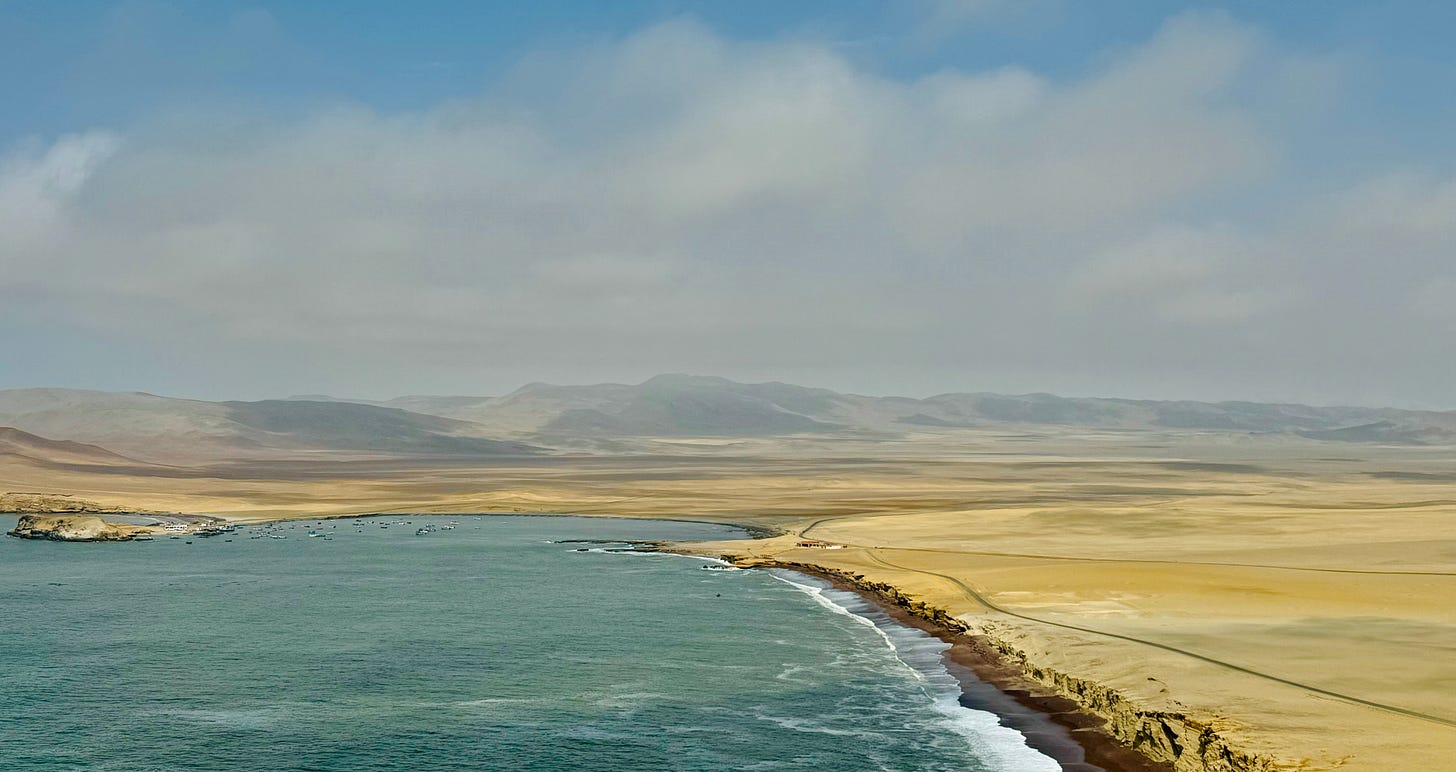
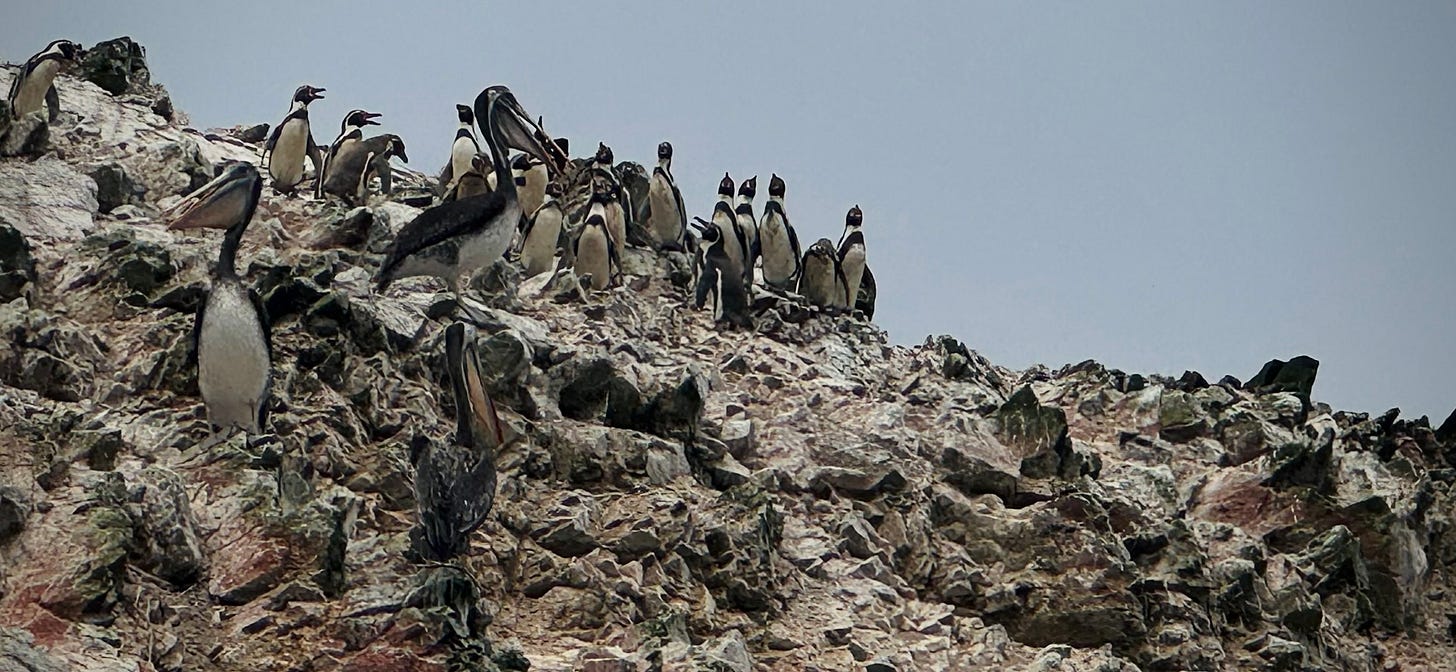
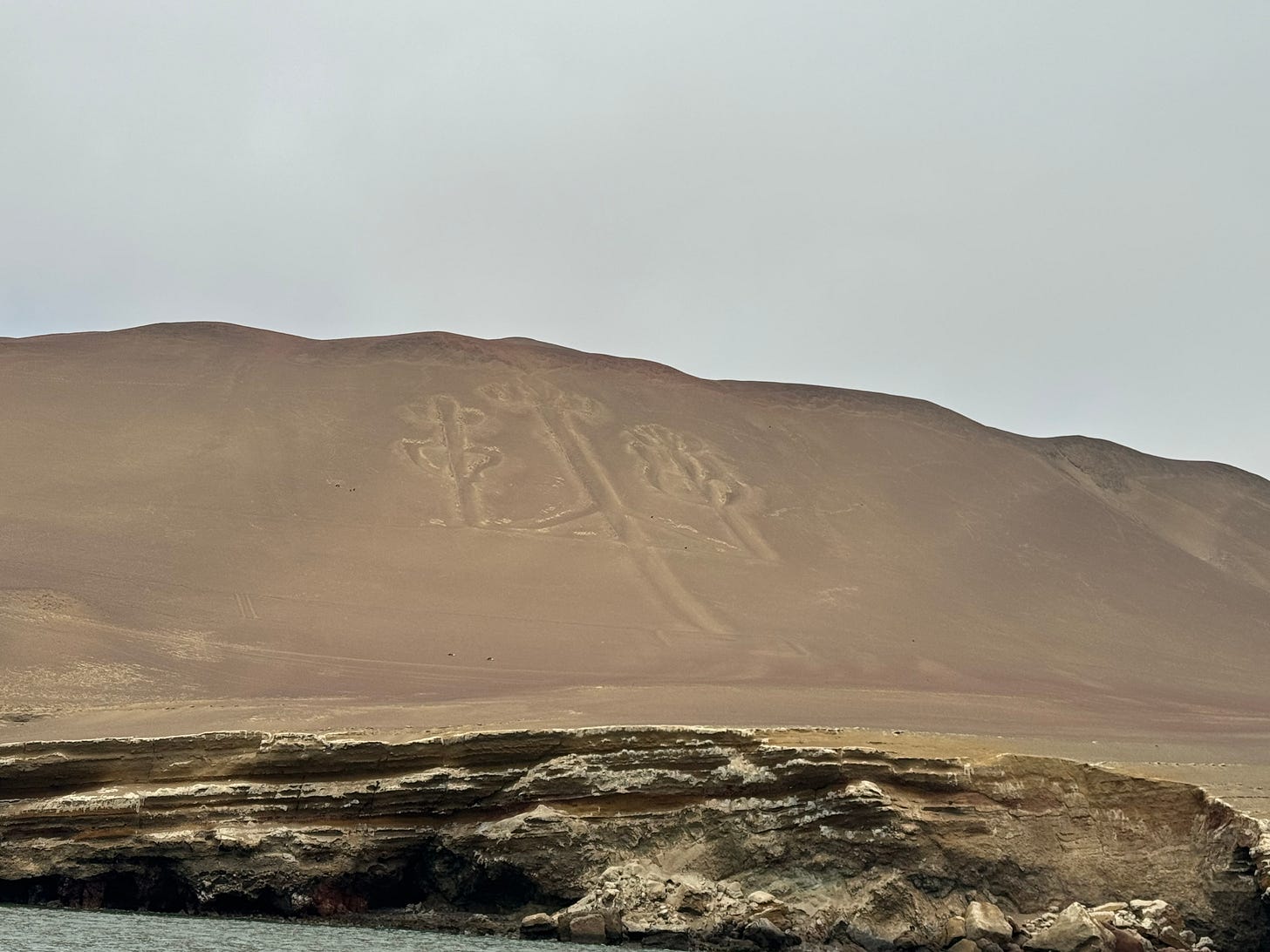
身在日本心在Lima